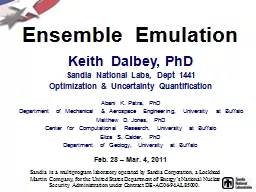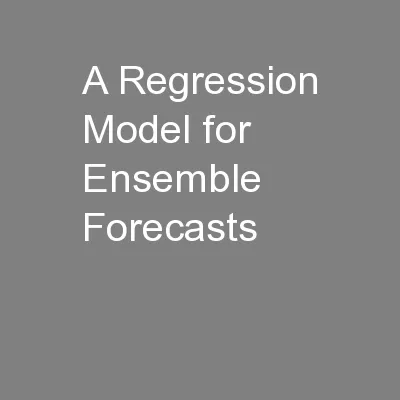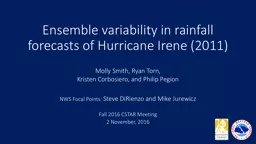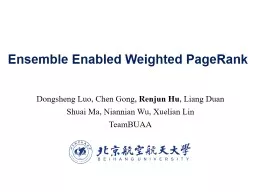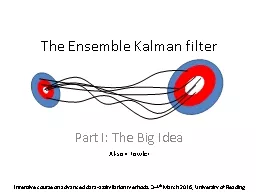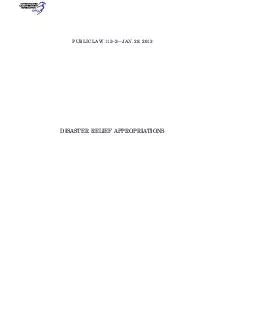PPT-Ensemble Emulation Feb. 28 – Mar. 4, 2011
Author : tatyana-admore | Published Date : 2018-10-06
Keith Dalbey PhD Sandia National Labs Dept 1441 Optimization amp Uncertainty Quantification Abani K Patra PhD Department of Mechanical amp Aerospace Engineering
Presentation Embed Code
Download Presentation
Download Presentation The PPT/PDF document "Ensemble Emulation Feb. 28 – Mar. 4, ..." is the property of its rightful owner. Permission is granted to download and print the materials on this website for personal, non-commercial use only, and to display it on your personal computer provided you do not modify the materials and that you retain all copyright notices contained in the materials. By downloading content from our website, you accept the terms of this agreement.
Ensemble Emulation Feb. 28 – Mar. 4, 2011: Transcript
Download Rules Of Document
"Ensemble Emulation Feb. 28 – Mar. 4, 2011"The content belongs to its owner. You may download and print it for personal use, without modification, and keep all copyright notices. By downloading, you agree to these terms.
Related Documents

